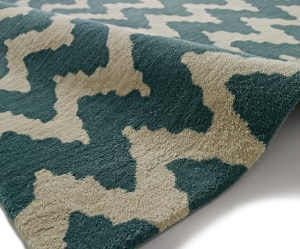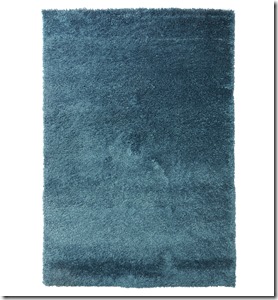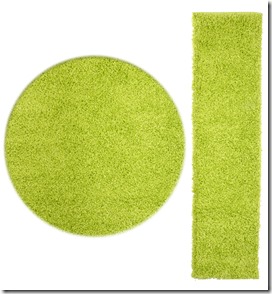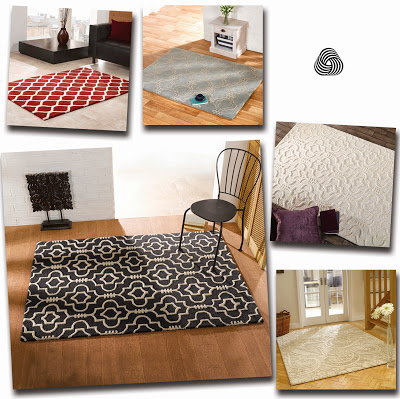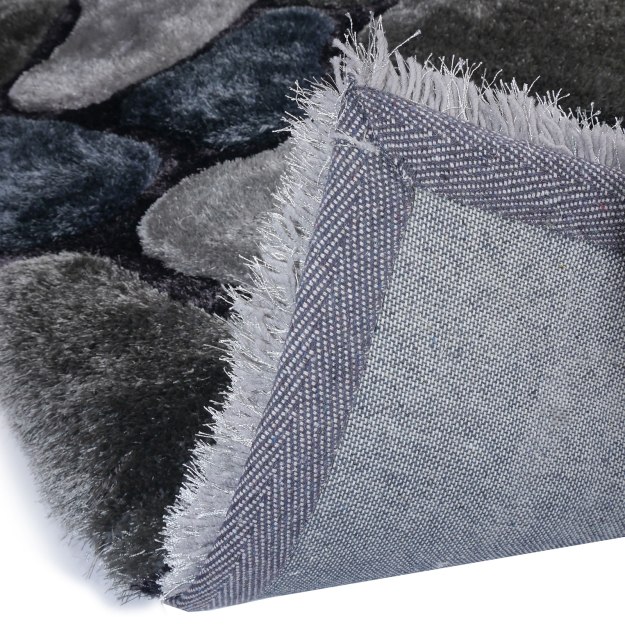
Imagine you are walking down your local High Street and you turn into the rug shop. You walk up to the rugs, either piled in the middle or hanging down the side and you wrestle with the heavy rugs to look through them. You are looking for a plain rug that doesn’t also have a shag pile? Keep looking. Look some more. Found one? No – and you won’t be alone. Plain rugs that are not also shag pile are extremely hard to find. Rug Zone has a large range of rugs to choose from – why not save yourself the hassle and try there first; you don’t even have to leave home!
In the Seventies the shaggy rug really took off and every home had one. They were mainly wool, many of the Floktaki type rugs and they shed their fibres everywhere. They might have started off in one room but it wasn’t long before the long strands were in every carpet, clinging to clothes and even embedded in the soles of shoes. Although they looked great, they were not too friendly towards the poor person who had to clean the house and they also had a tendency to go bald very quickly. Anyone with children knew where to look for lost toys – they were embedded in the shaggy rug. They were expensive, too, so not everyone could afford to replace them and so they lingered on, getting balder and flatter and more full of crumbs and Dinky toys until at last they were thrown out in exasperation. It was a good two decades and more before shaggy rugs came in out of the cold, but now they are everywhere.
Natural selection
Just as in the wild animals fill an ecological niche, so shaggy rugs have tended to do in the case of plain rugs. Because of their long pile, shaggy rugs don’t really suit a pattern, so they are by definition, plain. They are often manmade fibres too, so the range of colours available is mind blowing. Small wonder that ordinary plain rugs are getting hard to source – shaggy rugs can use textures and materials such as leather and suede to give a plain colour a more interesting touch without detracting from its classic simplicity.

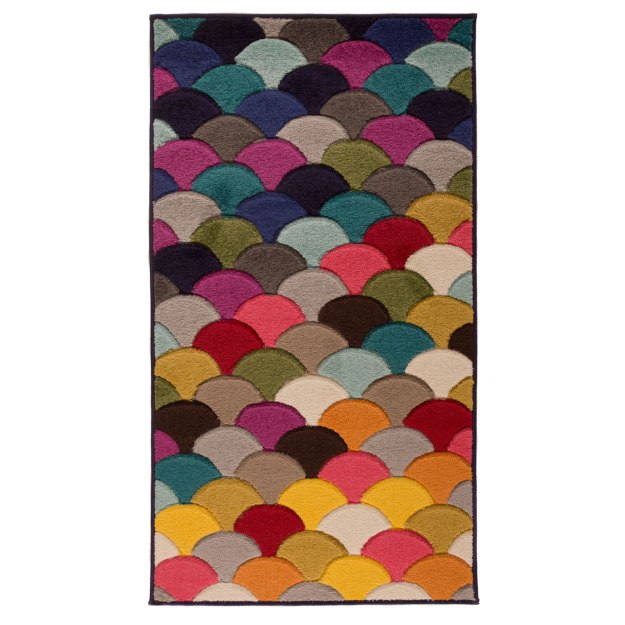 Blistering bright and beautiful rugs in a Spectrum of multicoloured tones including blue, yellow red, green, orange, indigo and violet
Blistering bright and beautiful rugs in a Spectrum of multicoloured tones including blue, yellow red, green, orange, indigo and violet 